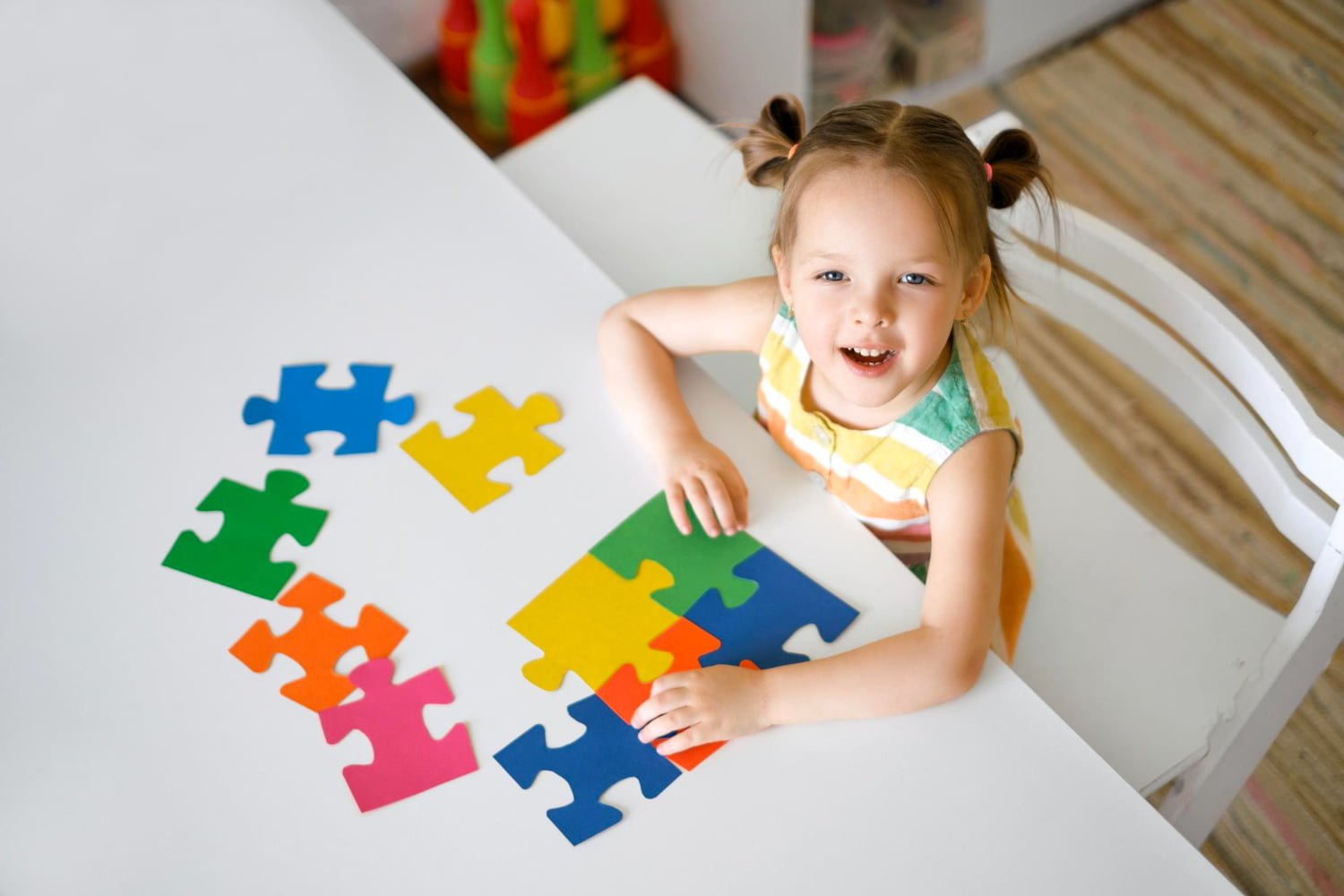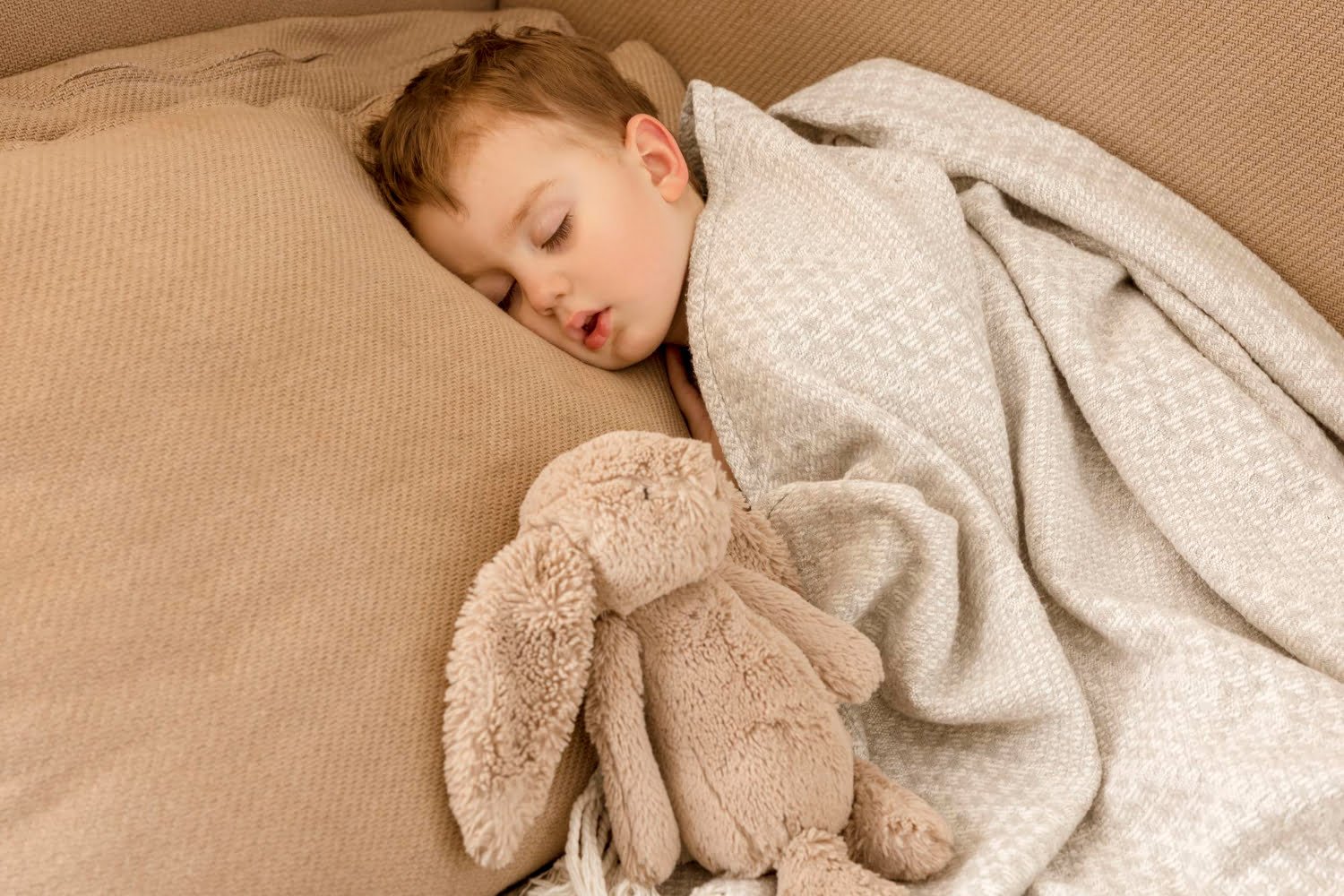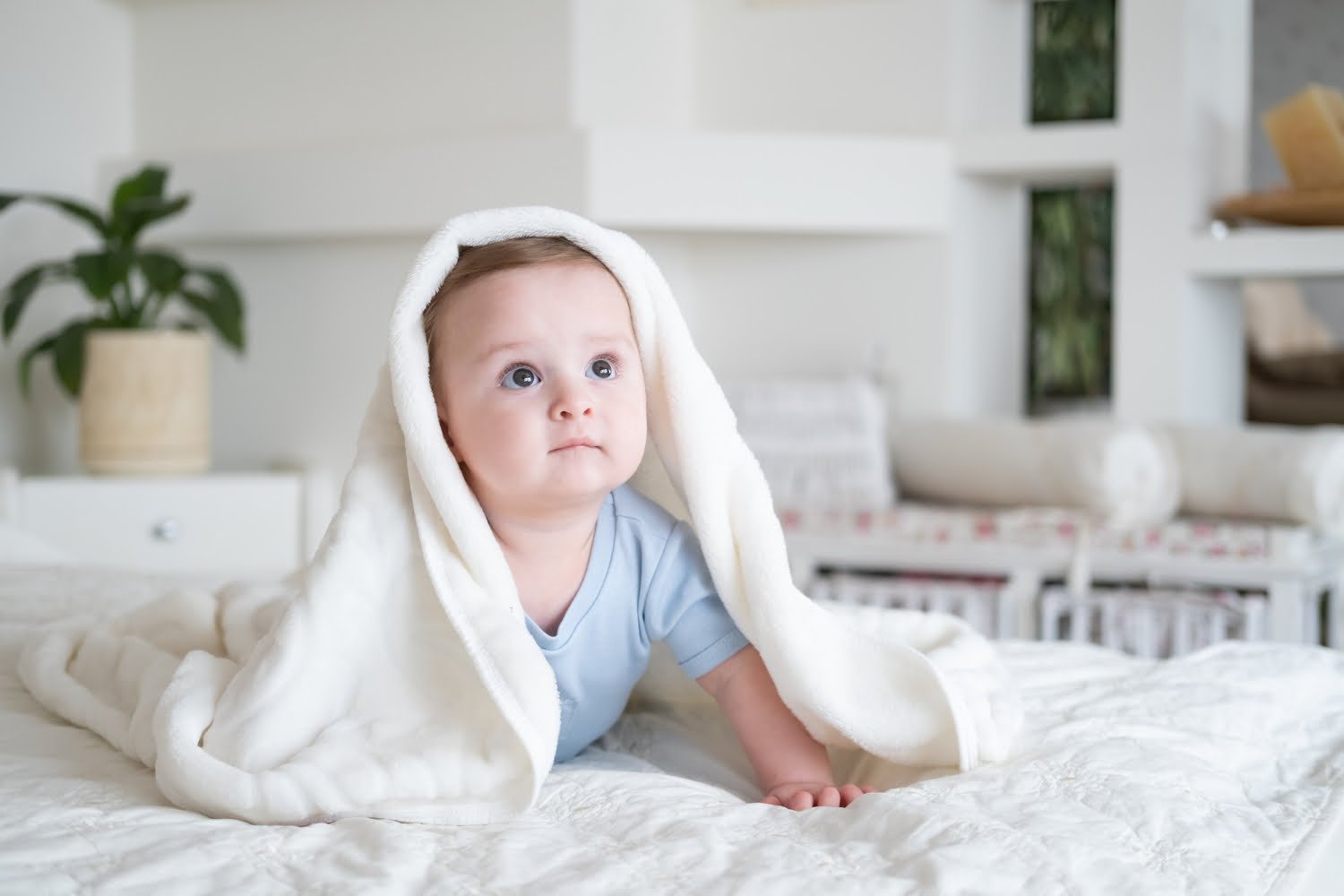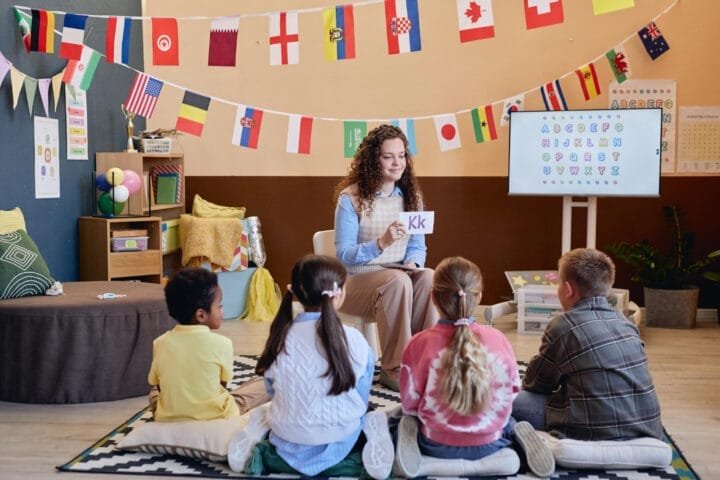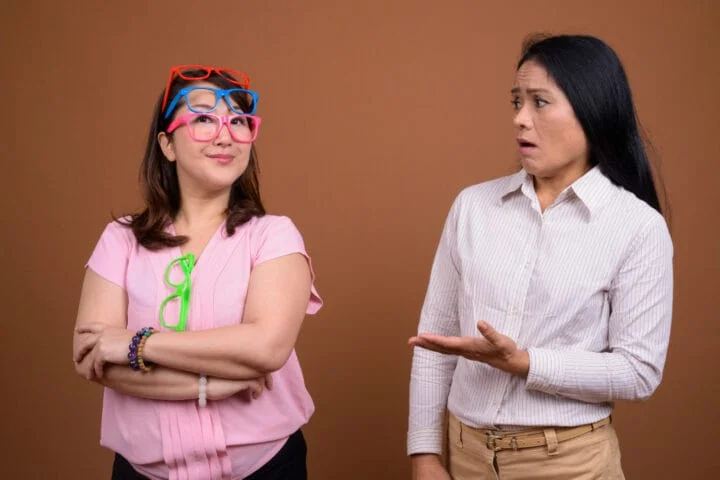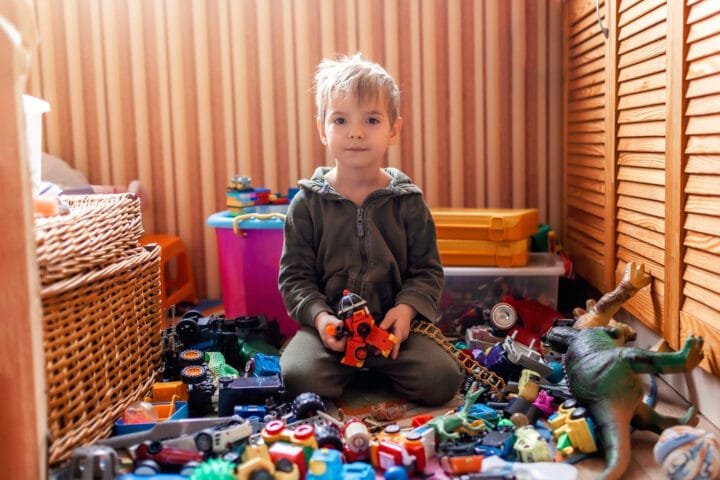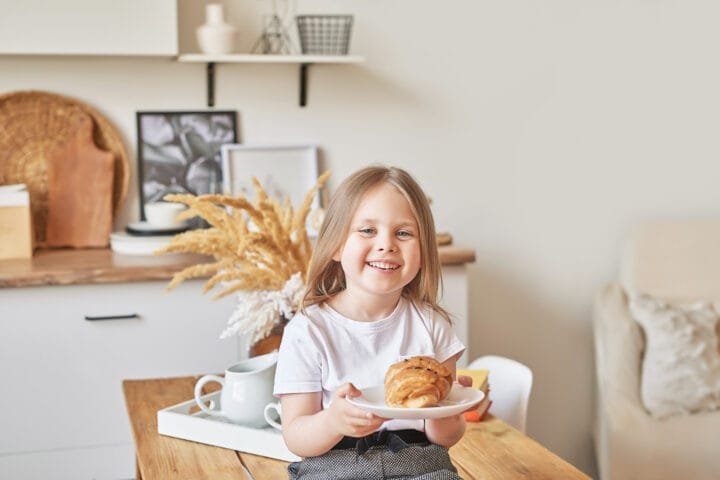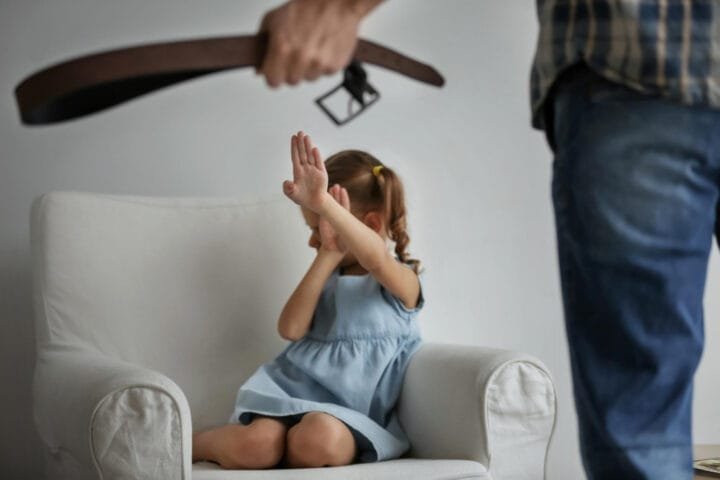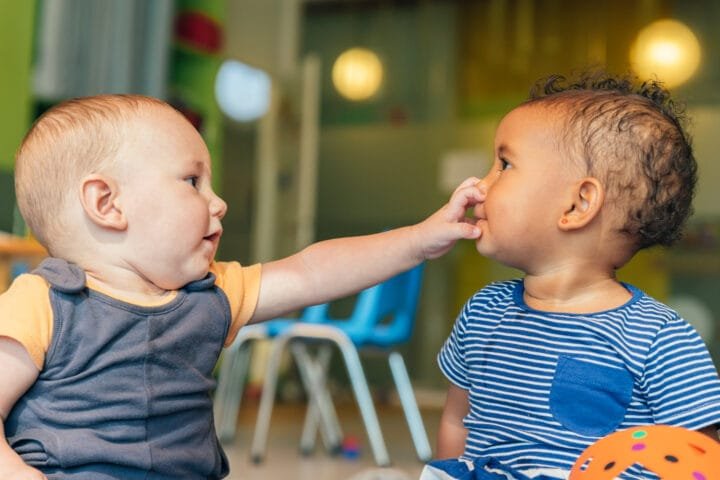Ultimate Guide to Organizing Newborn Clothes: The Hacks Every Parent Needs!
Congratulations! You’ve welcomed a tiny human into your life. But now, a mountain of baby clothes is taking over your home, and you feel buried. What if we told you that organizing newborn clothes could be fun, simple, and life-changing? Have you ever tried to find a matching onesie at 3 a.m. with a crying baby in your arms? We’ve got a solution for that. Curious? Keep reading to discover these and other game-changing hacks for organizing newborn clothes.
Understanding Your Needs
Assessing the Volume of Newborn Clothes
A newborn typically wears 8-12 outfits daily, nearly 60 a week! This high volume necessitates a robust system for organizing newborn clothes. Start by assessing how many clothes you have. Create a checklist, noting everything from onesies to socks. Remember, you’ll keep getting more clothes as gifts, so plan for extra storage.
Babies grow at an astonishing rate. In their first year, some infants triple their birth weight and can outgrow their clothes every 8-10 weeks.
American families spend about $600 to $1,200 in the first year on baby clothes. That’s a small fortune you don’t want to waste in a messy drawer.
Identifying Storage Space
You don’t need a massive nursery to get organized. Identify all available storage areas. Think beyond the obvious dresser and closet. Maximize every inch of space with creative solutions like under-crib storage or portable bins. Even a tiny nursery can feel spacious with the proper organization.
Sorting Newborn Clothes
Categorization Techniques
The first step in organizing newborn clothes is sorting. Try these categorization techniques:
- By Size: Group clothes into newborn, 0-3 months, 3-6 months, etc. Use labeled bins or dividers.
- By Season: Separate summer outfits from winter gear. You won’t need both at the same time.
- By Type or Use: Group items like bodysuits, pants, and pajamas together for easy access.
Evaluating Condition
Before you start organizing, sort through the clothes. Keep only what’s in good condition. Donate or recycle anything stained or worn out. This step ensures you only store things you’ll actually use. Creating a system for evaluating and sorting clothes can significantly reduce clutter and save time.
Choosing the Right Storage Solutions
Drawers and Dressers
Dressers are a staple for organizing newborn clothes. But don’t just toss everything haphazardly. Use drawer organizers to keep things tidy. Sock dividers, small bins, and labels make a world of difference.
Tips:
- Sock Dividers: Small items like socks and mittens are easy to lose. Use drawer dividers to keep everything in its place.
- Small Bins: Use small bins to separate items such as onesies, bibs, and hats.
- Labels: Label each drawer with its contents to make finding items easier.
Closet Solutions
Closets aren’t just for grown-ups! Maximize your baby’s closet with these ideas:
- Hangers and Hooks: Use baby-sized hangers for dresses, coats, and other hangable items.
- Closet Dividers: Sort clothes by size or type. Baby closet dividers make it easy to see what you have.
Statistics:
- Approx. 25% of Americans use their closets inefficiently. Properly organizing a closet can increase usable space by up to 30%.
Portable Storage Options
Portable storage is perfect for a nursery. Use rolling carts, storage bins, and laundry baskets. You can quickly move them around as needed. This flexibility is critical when organizing newborn clothes.
Organizing by Daily Needs
Creating Essentials Stations
Set up stations for daily necessities. This makes your life easier and keeps everything organized.
- Diaper Changing Station: Keep diapers, wipes, and extra outfits nearby. Use a small bin or caddy.
- Feeding Station: Have burp cloths, bibs, and spare clothes within arm’s reach.
Rotating Wardrobe
Babies grow fast. Keep a week’s worth of outfits accessible. Rotate into new clothes as needed. This system ensures you always have the right size on hand.
The average parent spends 1,400 hours in the first year changing diapers and feeding babies. Having an organized system can save significant time and reduce stress.
Maintaining an Organization
Laundry Routine
An effective laundry routine is crucial for maintaining organized newborn clothes. Sort clothes by color and fabric type, pre-treat stains, and wash in gentle cycles. Fold and store clean clothes immediately to prevent clutter.
Tips:
- Use baby detergent: It protects sensitive skin.
- Wash baby’s clothes every few days: This avoids backlogs and keeps your system flowing smoothly.
Folding and Storage Techniques
Mastering folding techniques saves space. Try rolling clothes to fit more in drawers. Store items vertically so you can see everything at a glance. This method keeps drawers neat and accessible.
Adapting as Your Baby Grows
Transitioning Sizes
As your baby grows, regularly assess their clothing needs. When clothes become too small, store them away or donate them. Replace them with the next size up to ensure your organization system stays current.
The average baby doubles their birth weight by five months and triples it by their first birthday.
Donating and Recycling Old Clothes
Outgrown clothes can find new homes rather than contributing to clutter. Donate gently used items to charities or pass them on to friends and family. Recycling damaged clothes is an eco-friendly option.
Statistics:
- In 2019, 66% of Americans reported donating clothing to charity stores. This trend shows a growing awareness of the benefits of recycling and donating used clothing.
Organizing Accessories
Hats, Socks, and Mittens
Small items like hats, socks, and mittens can easily get lost. Use small bins, drawer organizers, or hanging pouches to keep them together. Labeling these storage solutions helps you find items quickly.
Shoes and Booties
Shoes and booties should be stored in pairs to prevent losing one. Small shoe racks or baskets are ideal for keeping them organized and accessible.
Tips:
- Designate one basket or bin for shoes to keep pairs together.
- Use labels or specific sections for different types of shoes (e.g., outdoor, indoor).
Swaddles and Blankets
Fold swaddles and blankets efficiently and store them in a designated drawer or basket. Keeping them in one place makes it easy to grab one when needed.
Safety Considerations
Baby-Proof Storage Areas
Safety is paramount. Secure heavy dressers to the wall to prevent tipping. Use baby-proof latches on drawers and doors. Store small items out of reach to avoid choking hazards.
Eco-Friendly and Hypoallergenic Options
Choose storage solutions made from non-toxic materials. Look for eco-friendly, hypoallergenic options to keep your baby’s environment safe and healthy. Bamboo drawer organizers and organic cotton bins are excellent choices.
Budget-Friendly Tips
DIY Storage Solutions
Get creative with DIY storage solutions. Shoe boxes and cardboard dividers can become efficient organizers with a little effort. Label each box for easy identification.
Tips:
- Repurpose old furniture by repainting or refinishing it for use in the nursery.
- Use hangers and hooks to utilize vertical space.
Repurposing Household Items
Repurpose items you already have at home. Mason jars, baskets, and tote bags can all become part of your storage system. This approach is cost-effective and environmentally friendly.
Conclusion
Organizing newborn clothes doesn’t have to be overwhelming. By evaluating your needs, choosing the right storage solutions, and maintaining an organized system, you can efficiently manage your baby’s wardrobe. These strategies ensure that you can always find what you need, saving time and reducing stress.
A well-organized nursery can reduce the average time parents spend looking for baby clothes by up to 50%, giving you more precious moments with your newborn.
FAQs
How often should I reassess the organization of newborn clothes?
What should I do with clothes that are stained or damaged?
How can I involve my partner in organizing baby clothes?
What are some tips for keeping track of baby clothing sizes?
How can I make the organization process more enjoyable?
Related Posts
